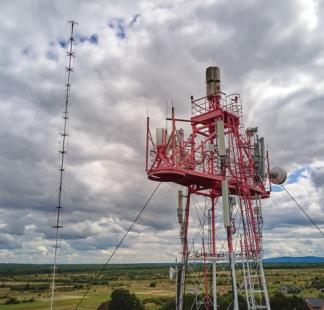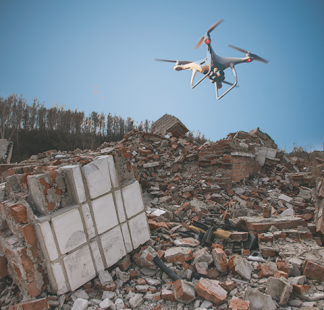- Samantha O'Riordan
- Vladimir Daigele
Introductory
Description
Broadband mapping combined with modern Geographic Information Systems (GIS) and its practical knowledge supports efficient identification of connectivity gaps, network planning to extend access to most critical places, and support to decision making based on evidence-based models. This training offers an introductory path to anyone interested in embarking on the exciting broadband mapping journey. Consisting of 5 modules, from the beginning GIS, data and demonstration of open source practical tools.
The Broadband Mapping training modules were developed by the International Telecommunication Union (ITU) with the support of the Government of the United Kingdom Digital Access Programme (DAP) to promote effective regulation, greater investment, and innovative models for connectivity in unserved communities and broader digital inclusion.
No prior knowledge or qualifications are required, however it is recommended for participants to have familiarity with basic digital network concepts and terminology.
This course is for participants to understand broadband mapping better and apply the analytical tools, examples, and guidance provided in the training modules that facilitate access to digital networks.
Upon completion of this course, participants will be able to:
- Understand basic principles of Geographical Information Systems, tools, and organizations.
- Be able to design a roadmap to develop broadband mapping systems.
- Be able to use tools to support project selection and implementation of these systems.
- Be able to identify good practices.
The course is delivered using Rise modules with interactive activities like quizzes, drag and drop exercises, flipcards, etc.
Module 1 - Introduction to Broadband Mapping
Module 2 - The ITU Geospatial for Development Programme
Module 3 - GIS Fundamentals
Module 4 - Geospatial Data Analysis
Module 5 - Data Acquisition and Crowdsourced Data Collection Methods













